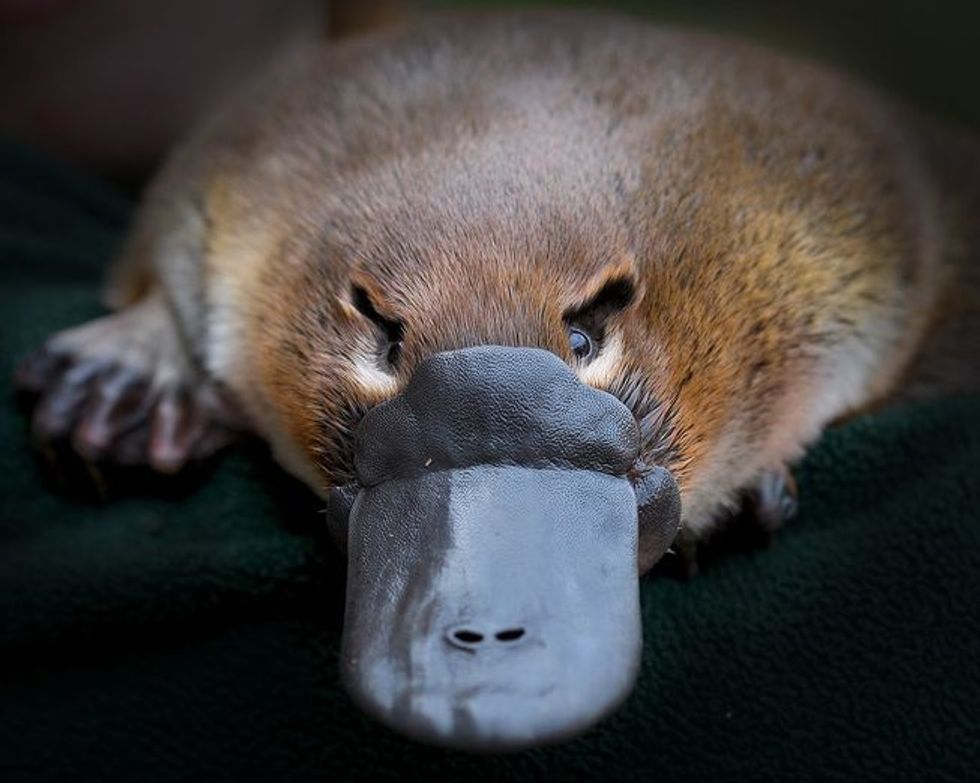In my humble opinion the platypus is one of the most underrated of the unusual animals. Here are 10 interesting facts about the platypus that you probably didn't know.
1. The plural of platypus is what again?
There are several answers to this. Among the options are platypuses, platypodes, and platypi. You can use whichever of these you like, the most commonly used is platypuses but my personal favorite is platypodes.
2. They don't have stomachs.
It's true. Platypodes, along with about a quarter of fish, don't have the part of the stomach that produces acid to break down food (like we do). Instead, they just have a gullet that connects directly to their intestines.
3. They used to be giant.
A lot of animals around today, like penguins and platypuses, used to be a lot bigger compared to the size they are today. Don't believe me? In 2013 scientists found a tooth from a prehistoric platypus that helped them figure out that platypuses from that time would have been around 3 feet long. That's more than double the size of the animal today.
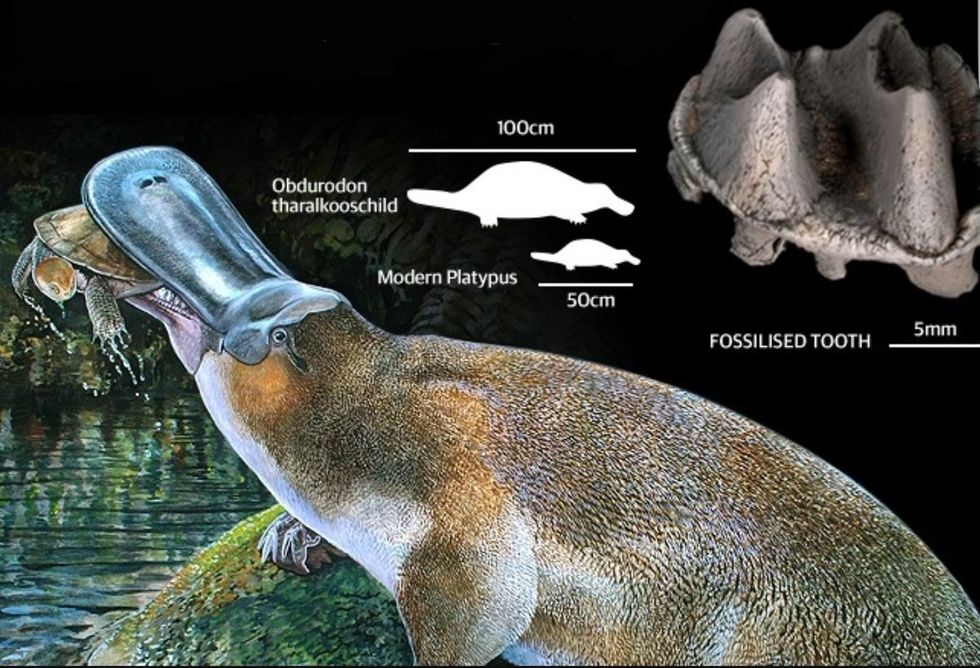
4. They don't have nipples.
Yeah, you read that correctly. Baby platypuses hatch from leathery eggs but they are mammals and they do nurse from their mothers. They just don't do it through nipples. Instead, the females have mammary glands ducts on their abdomens that produce milk for their offspring to drink.
5. Their bills give them a sixth sense.
Platypuses don't just have bills to look silly, though it does achieve that goal as well. Their bills are made up of thousands of cells that allows them to detect the electric fields created by all living things. You think I'm kidding, but a platypus can close its eyes, ears, and nose and hunt with just its bill's electrolocation.
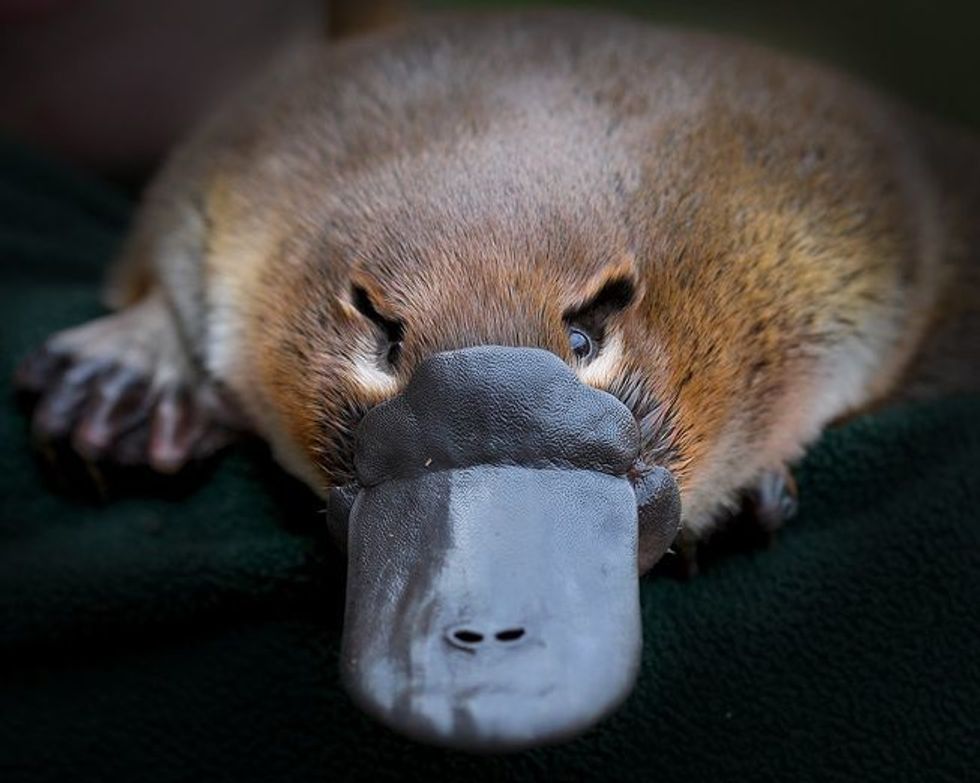
6. Males have venomous spurs.
Male platypodes have a hollow spur on their back of each hind leg from where venom is disposed. Only the males have them and these venomous spurs are not active all time time. They only seem to be activated during mating season so they're probably to fight off competing males.
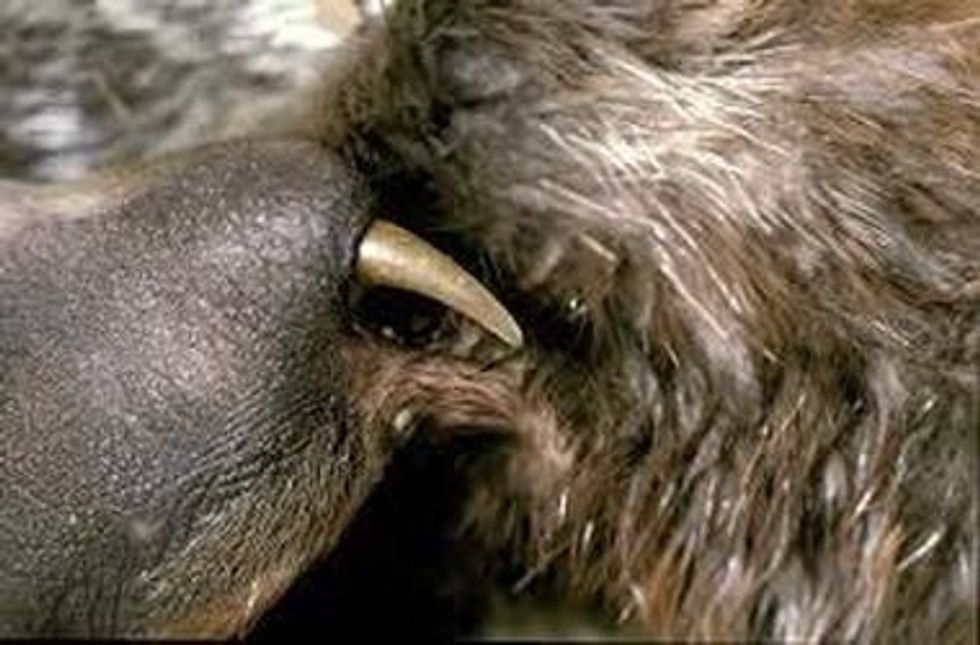
7. They create air bubbles in their fur.
Platypuses can only go a few minutes fully submerged in the water but they are better off scooting around in water than they are on land. Much like otters, platypuses prune their coats so there are air bubbles when they enter the water. This acts as insulation when they enter cold rivers. Cleaver, right?
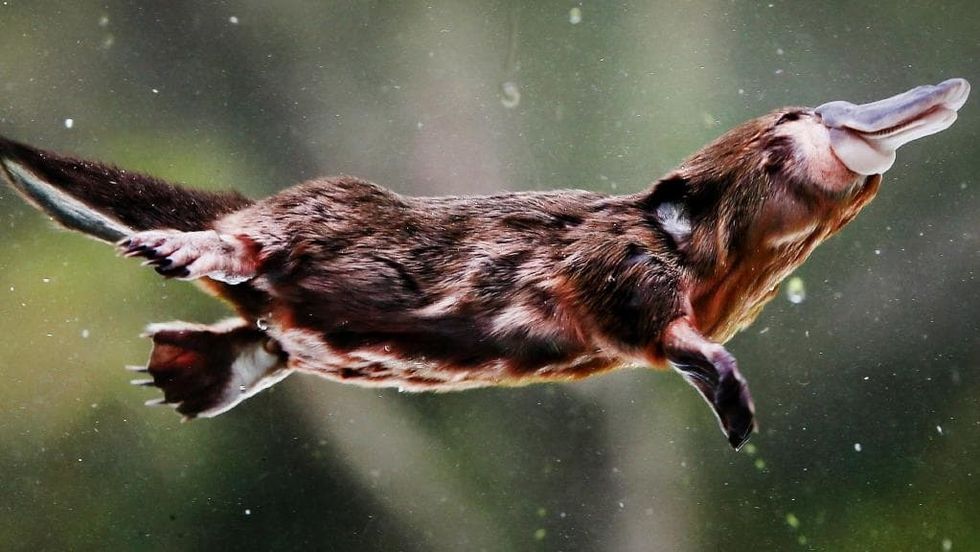
8. They have retractable webbing.
As I said before, platypodes are more suited to water than they are on land. In fact, because of their short limbs, they have to exert 30% more energy than a similarly sized animal when moving around. But when it comes to water escapades they have something up their sleeve. Between their front claws, they have webbing that retracts when they waddle back on dry land.
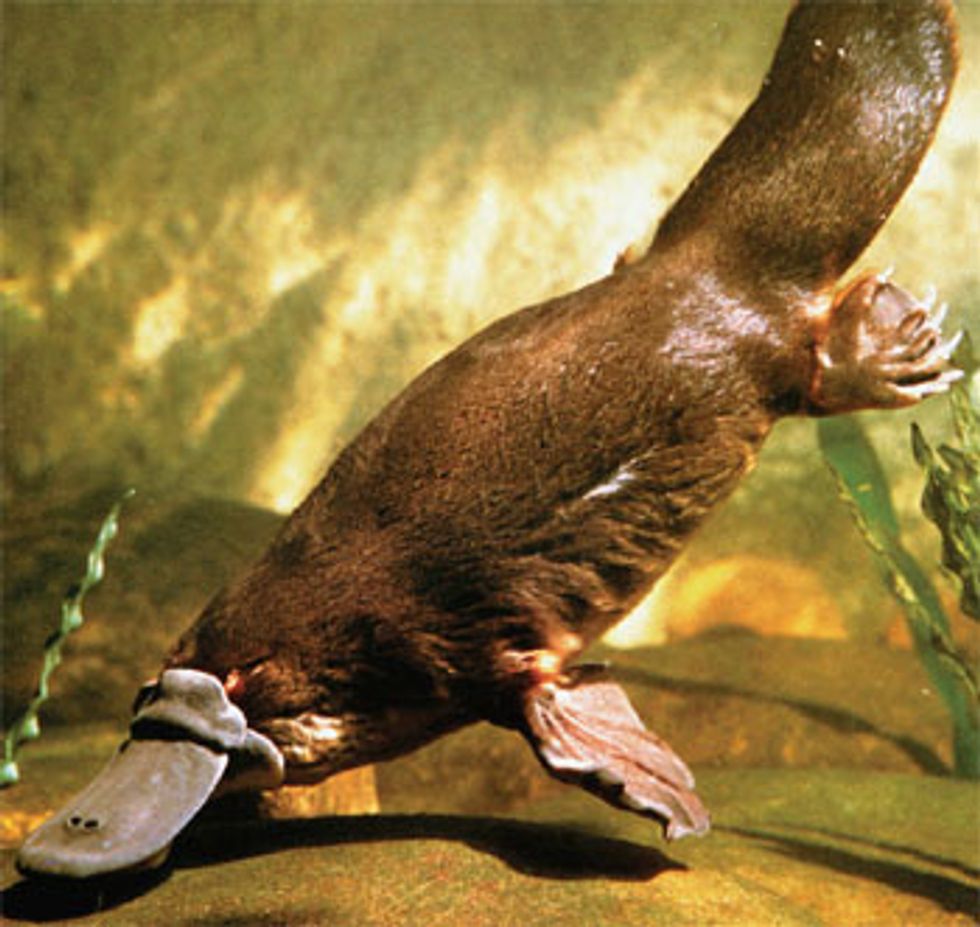
9. Scientists first thought platypuses where a hoax.
When the first platypus was sent to England from Australia in the 18th century the scientist who examined it thought someone was playing a trick on them. Honestly, who can blame them? A mammal that lays eggs, has glands to feed its young but no nipples, a spur that is sometimes venomous, and retractable webbing between its front claw. Oh yeah, and a bill. Seems suspect.
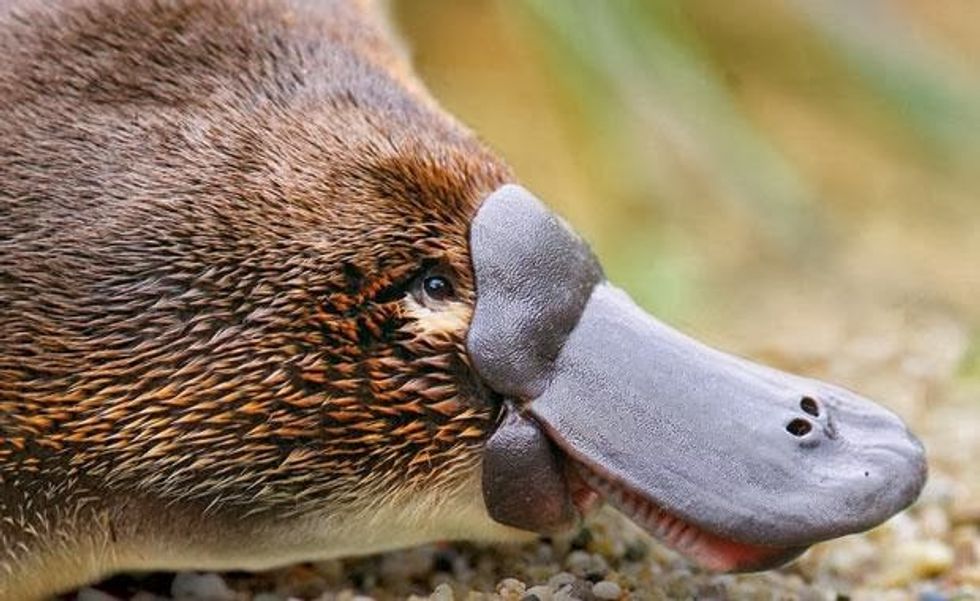
10. Platypuses have 10 sex chromosomes.
Mammals tend to have just one pair of chromosomes that determine their sex, like humans. Not platypuses though, no sir, they have five pairs. The most of any mammal so far. Also, some of their Y chromosomes share genes that are also found in bird sex chromosomes. Birds! This could indicate some kind of evolutionary link between bird sex chromosomes and mammals and the platypus could be the link.
So there you go. Ten facts about the platypodes. Which fact was your favorite?

